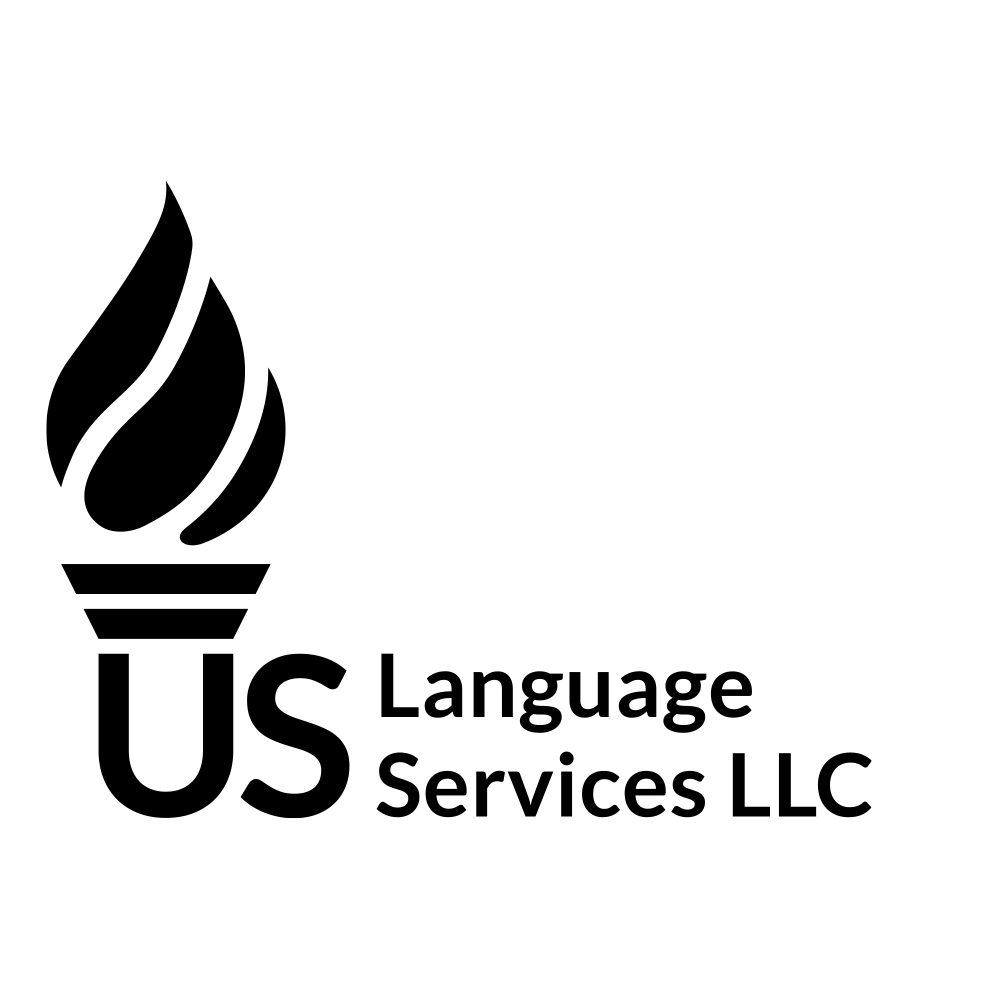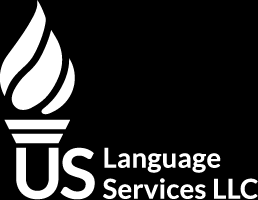What are credit scores and credit history?
If you’ve recently moved to the United States, you’ve probably started a job or opened a business so you can earn money. After that, there’s a good chance you’ve signed up for a credit card or applied for a mortgage or automobile loan.
Whether you realize it or not, by applying for a credit card or any type of loan, you will be assigned a credit score where 300 is the lowest possible score and 850 is the highest possible score. Later we will go into more detail about what your credit score means.
Likewise, you will also begin to develop a credit history, which is basically just the story of how dependable you are as someone who borrows money. Your credit score and your credit history are related, but they’re not the same thing.
The most important thing to know is that your credit score and credit history are being closely monitored by credit bureaus. So, it’s better to inform yourself regarding how your credit scores work so you can maintain a good credit history and avoid surprises like low credit or being denied for loans.
Even if you’re in a situation where you’ve accidentally landed a bad credit score, or you simply have limited credit history because you’re new to the U.S., there’s good news. If you need to bring your credit score up or build credit history from scratch, you can follow some simple strategies which we’ll go over in this article.
In the end, understanding your credit score and credit history is an essential part of building a healthy financial life in the United States. This might seem complicated to a new resident in the United States, so let’s go over some really important definitions and practices related to credit scores.
In this guide, we will answer the following questions:
- How long have credit scores and credit history existed in the U.S.?
- What is credit history?
- What is a credit score?
- How can I check my credit score?
- What is creditworthiness?
- What is a credit report?
- Does my credit history from my home country carry over when I move to the U.S., or do I start with no credit history?
- Who determines and keeps track of my credit score?
- Is it possible to have no credit score?
- How can I improve a low credit score?
- Is it possible to have a credit score without a green card?
- What is a secured credit card?
How long have credit scores and credit history existed in the U.S.?
Before we get into defining exactly what a credit history is or what a credit score is, it’s important to take a look at how these practices developed in the history of the United States.
The story of credit scores and credit history dates back to the early 20th century, with the emergence of consumer credit reporting agencies. Initially, credit reports were manually compiled by local credit bureaus, which collected information about consumers’ creditworthiness from local merchants and lenders.
In the 1950s, significant advancements in technology spurred the development of automated credit reporting systems, marking a pivotal moment in the evolution of the credit reporting industry. This era saw the emergence of standardized credit reporting formats and the widespread adoption of credit scoring models to assess credit risk.
The introduction of the FICO credit scoring model in the late 1980s revolutionized the credit industry by providing lenders with a standardized and objective tool for evaluating creditworthiness.
Since then, credit scoring has become an integral part of the lending process, influencing everything from mortgage approvals to credit card applications.
What is credit history?
Credit history is basically a record that shows how someone has managed their money and any money they’ve borrowed, such as credit cards and loans. This could include everything from automobile loans and home mortgages to personal loans and student loans.
Your credit history is usually created the first time you apply for a loan or credit card. As borrowers use these financial services and pay back what they owe, the company they borrowed from might share details about their account activity with credit bureaus like Equifax, Experian, and TransUnion.
For example, a credit card company might inform these bureaus when your credit card account was opened, how much you owe, and whether or not you’ve been making payments on time. These bureaus then compile this information into your credit report.
These reports are important because companies like Fair Isaac Corporation (FICO), VantageScore, and Credit Karma use them to calculate a person’s credit score. These companies are known as credit scoring companies, and their job is to develop algorithms that analyze credit data that allows them to assess the credit risk of individuals applying for loans, credit cards, and other forms of credit.
Lenders then pay these credit scoring companies for a detailed report of your credit history to decide if someone is a good candidate for a loan or credit.
What is a credit score?
Your credit score is basically a numerical evaluation of your creditworthiness. Usually, a credit score is depicted in a three-digit format. Let’s take FICO scores as an example since FICO is the most widely used scoring model in the U.S.
The FICO credit score spans a range from 300 to 850. If you have a higher credit score it typically means you’re more likely to be approved for a loan and get a lower interest rate.
Credit scoring models determine credit scores by analyzing various factors within an individual’s credit history. These factors include things like if you pay your bills on time, how much debt you have, how long you’ve been using credit, the kinds of credit you have, and if you’ve recently asked for more credit.
Lenders look at these scores as tools to evaluate an individual’s ability to repay loans in a timely and responsible manner. Let’s take a closer look at the range of credit scores a borrower can have and what those scores mean.
| Credit Score Ranges | Rating | What it means |
| 300 – 580 | Poor | This score is significantly lower than the average score among U.S. consumers, indicating a higher risk. |
| 580 – 669 | Fair | This score is lower than the average among U.S. consumers, though many lenders may still approve loans. |
| 670 – 739 | Good | This score is close to or slightly above the average among U.S. consumers, and most lenders view it positively. |
| 740 – 799 | Very Good | This score is higher than the average among U.S. consumers, showing lenders that the borrower is quite reliable. |
| 800+ | Exceptional | This score is significantly higher than the average among U.S. consumers, indicating an extremely low risk for lenders. This score shows lenders that a borrower is extremely reliable. |
Who determines and keeps track of my credit score?
The type of company that determines your credit score is called a “credit bureau” or “credit reporting agency.” There is actually not one singular agency that is in charge of creating and maintaining your credit score.
Instead, there are three major credit bureaus:
These bureaus are responsible for collecting and maintaining information about your credit history. They gather data from various sources such as lenders, credit card companies, and public records. They then compile this information into credit reports.
It’s also important to note that these companies are not governmental organizations, but they are closely monitored by the Consumer Financial Protection Bureau (CFPB), which is a U.S. government agency responsible for regulating consumer financial products and services.
The CFPB enforces laws related to consumer credit reporting, including the Fair Credit Reporting Act (FCRA), which governs how credit reporting agencies collect, use, and share consumer credit information.
How can I check my credit score?
There are actually multiple ways to check your credit score, so let’s go over the best ways.
1. AnnualCreditReport.com
AnnualCreditReport.com is the only website authorized by the U.S. government to provide consumers with free annual credit reports from the three major credit bureaus which are Equifax, Experian, and TransUnion.
By visiting this website, consumers can securely obtain copies of their credit reports from each of the three credit bureaus once every 12 months. This service helps individuals monitor their credit history and identify any inaccuracies or fraudulent activity.
After you enter the website, you’ll fill out a form detailing basic personal information. Then, you’ll have to choose if you want a credit report from Equifax, Experian, TransUnion, or all three. After this, you’ll need to answer a series of security questions that are designed to keep your information safe. Then, you’ll be able to look at your credit reports online.
2. Credit card benefits
A growing number of credit cards now include a complimentary credit score as a perk. Typically, you’ll receive an updated score with each monthly statement. Accessing your credit score is usually straightforward; simply log in to your credit card account online.
If you don’t see your score prominently displayed on the homepage, you can typically find it with just a few clicks. If you’re having trouble finding your credit score you can usually call your credit card company’s customer service phone number. From there, the customer service representative should be able to tell you where your credit score is posted, if it’s available.
3. Check at your bank
Your bank can be a convenient resource for checking your credit score. Many financial institutions provide credit services that enable you to monitor your score and track month-to-month changes.
You can typically access your credit score through your online banking account, mobile app, or by reaching out to a customer service representative if you’re unsure about the availability of this service.
If you’ve recently moved to the U.S. and you’re unsure how to use these services, you can go to the bank in person as well, or give them a call.
4. Talk to a credit counselor
This option is usually reserved for people who find themselves in debt. But, if you’re interested in checking your credit scores or facing challenges with debt, seeking assistance from a credit counselor can be beneficial.
If you decide to go this route, make sure you speak to a reputable nonprofit organization like the National Foundation for Credit Counseling (NFCC). In addition to accessing your credit scores, a credit counselor can offer valuable credit education, review your credit report, and provide guidance on improving your financial situation.
What is creditworthiness?
Creditworthiness is basically how likely you are to pay back money you borrow. It’s determined by looking at things like your credit history, income, job stability, and how much debt you already have.
Lenders use this info to decide if they should lend you money and how much interest they’ll charge you. Having good creditworthiness means you’re more likely to get approved for loans and get better terms, like lower interest rates.
What is a credit report?
The terms “credit report” and “credit history” are closely related but refer to slightly different aspects of a person’s financial record.
A credit report is like a snapshot or a detailed picture of activities related to an individual’s credit and loan activity at a specific point in time. It captures information about their credit accounts, payment history, inquiries, and other relevant financial data up to the moment the report is generated. This snapshot provides lenders and others with a comprehensive view of the individual’s creditworthiness and financial behavior at that particular moment.
In contrast, credit history refers to the overall narrative of an individual’s borrowing and repayment behaviors over time, encompassing factors like payment behavior, account types, and the age of their accounts. While a credit report provides a snapshot of an individual’s credit information at a specific point in time, credit history offers a broader perspective, depicting their financial behavior and patterns over an extended period.
Does my credit history from my home country carry over when I move to the U.S., or do I start with no credit history?
When you move to the United States, your credit history from your home country typically does not transfer over automatically. This is because each country has its own unique credit reporting system, with different laws, regulations, and standards for collecting and reporting credit information. As a result, credit information is not usually shared internationally between countries.
As a newcomer to the United States, this means that you may effectively start with no credit history. Without a credit history, it can be challenging to qualify for credit cards, loans, or other financial products in the U.S. This is because lenders rely on credit history to assess your creditworthiness and determine whether to approve your application for credit.
To establish credit in the United States, you’ll need to begin by opening accounts and building a track record of responsible credit usage. This could involve applying for a secured credit card, which requires a cash deposit as collateral, or seeking out credit-builder loans. Making timely payments and keeping your credit balances low are important steps in building a positive credit history.
Over time, as you use credit responsibly and demonstrate your ability to manage debt, you’ll start to build a credit history in the United States. This history will include information such as your payment history, the types of accounts you have, the length of your credit history, and any recent credit inquiries. Building a positive credit history takes time, but with patience and responsible financial habits, you can establish a strong credit profile in the U.S.
Is it possible to have no credit score?
For immigrants who have recently moved to the U.S., it’s common to have no credit score at all, especially if you haven’t yet borrowed money or used credit here.
This is because your credit score is determined by information in your credit report, like your credit accounts and payment history. If you have no credit history because you haven’t used credit accounts or made loan payments in the U.S., credit scoring models like FICO and VantageScore might not be able to calculate a score for you. This doesn’t mean you have bad credit; it just means there isn’t enough information to judge your creditworthiness.
It’s important to note that while it’s possible to have a low credit score, it’s not possible to have a credit score of “0”. This is because credit scores typically range from 300 to 850, with 300 being the lowest possible score and indicating poor creditworthiness, while 850 represents excellent credit.
Even if you have minimal credit history or have made some financial missteps, your credit score will typically fall between 300 and 850.
How can I improve a low credit score?
Sometimes, people accidentally develop a low credit score. This can be especially easy to do if you’ve just moved to the United States recently and you didn’t understand how the United States’ credit card system works. Luckily though, it’s possible to fix your credit score. It may take some time, but here are four ways to bring your credit score up.
Pay your bills on time
Paying your monthly bills like car payments and loans when they’re due, is a great way to boost your credit score. Paying your bills on time demonstrates that you’re responsible with your money and can handle credit well over long periods of time.
Even if you only pay the smallest amount required, it’s still good for your credit score. It might not shrink your total debt, but it helps boost your credit score.
You can try setting up automatic payments for at least the smallest amount you owe. That way, you don’t have to worry about remembering to pay on time. If you can afford to pay more, that’s great. But setting up automatic payments for the minimum payment takes the pressure off you, so you don’t need to remember to manually make payments each month.
Strategically reduce your debt
Bringing down the overall amount of debt you owe will improve your credit score. Even if you don’t pay off your entire credit card balance, lowering the balance will most likely improve your score.
If possible, try to reduce the balance you owe to 30% or less of your card’s limit. For example, if your credit card limit is $3,000, try to keep your balance below $900.
Similarly, paying down debt on installment loans, such as an automobile or personal loan, can help your credit score. If you don’t pay off the entire thing, it should still improve your credit score to pay down some of your loan.
Have errors erased from your credit report
There may be incorrect information on your credit report that’s lowering your credit score. Some common mistakes are things like on-time payments that were wrongly reported as late. You might also find incorrect credit limits or incorrect loan balances.
If your credit score seems lower than you thought it would be, double-check the balances on your credit report for any mistakes from your lenders. Lenders use the FICO and VantageScore credit scoring systems to collect your credit history from the three main credit bureaus: Equifax, Experian, and TransUnion. Make sure to fix any errors from all three bureaus.
Have yourself added as an authorized user
An “authorized user” is a secondary user of a credit card besides the primary cardholder.
If someone you know, like a family member or friend, has a credit card with a positive payment history and a high credit limit, you could ask them to add you as an authorized user. You don’t even need to use the card or have access to the account number for your credit score to benefit.
This could be especially helpful if you’ve recently immigrated to the U.S. and are still building your credit history. Just make sure that the account reports to all three major credit bureaus — Equifax, Experian, and TransUnion — to maximize the positive impact on your credit score. Most credit cards typically report to all three bureaus.
Is it possible to have a credit score without a green card?
Yes, it is possible to have a credit history and credit score without a green card. Let’s look at the details.
Usually, most people think of getting a green card as being the first step towards working in the United States. Considering everything we’ve discussed up until this point, it would make sense to think that a person could only have a credit history or credit score if they had a green card, making them able to work.
However, there are a few visas that allow folks to work who don’t have green cards. Some examples of types of visas that allow people to work without green cards are the following:
- Temporary work visas such as H-1B, L-1, and O-1 visas.
- Student Visas F-1 with OPT or CPT work authorizations.
- J-1 exchange visitor visa.
- Diplomatic and international organization visas such as A and G visas.
Though these individuals might not establish credit through the same means as a green card holder, there are a few ways to gain credit history. Some examples include obtaining secured credit cards, becoming authorized users on others’ credit cards, or legally being included on the lease of residence and its accompanying utility bills.
What is a secured credit card?
A secured credit card is like a regular credit card but with a twist. When you get one, you have to put down a cash deposit, usually the same amount as your credit limit. This deposit is like a safety net for the credit card company. If you can’t pay your bills, they can use the deposit to cover it.
People who don’t have much credit history or have had some trouble with credit often use secured credit cards to start building or fixing their credit. You can use a secured credit card just like any other credit card to buy the things you need. And when you use it responsibly by paying your bills on time, it helps improve your credit score over time.
For immigrants who are new to the United States, getting a secured credit card can be especially helpful in establishing a credit history. Since secured credit cards are designed for people with limited credit history or past credit issues, they offer a practical starting point for immigrants to build a positive credit history and integrate into the country’s financial system.
U.S. Language Services is not a law firm; its content should not be taken as legal advice. For specific legal concerns, please consult a licensed attorney. Similarly, financial information on our site is for informational purposes only, not financial advice. Consult a certified financial advisor or tax professional for advice tailored to your situation.
By accessing U.S. Language Services, you acknowledge that it does not provide legal or financial advice. You agree not to rely on its content as such. U.S. Language Services and its contributors bear no liability for any inaccuracies, losses, or damages resulting from the use of information on our site.
Guaranteed Acceptance
All our certified to English translations are accepted by the USCIS. Our translations follow the guidelines established by the USCIS and are also accepted by educational institutions.
Most Requested Documents
FAQs
You can order most translations 24 hours a day, 7 days a week through our online store. For large projects (more than 20,000 words or 50 pages), please request a quote.




